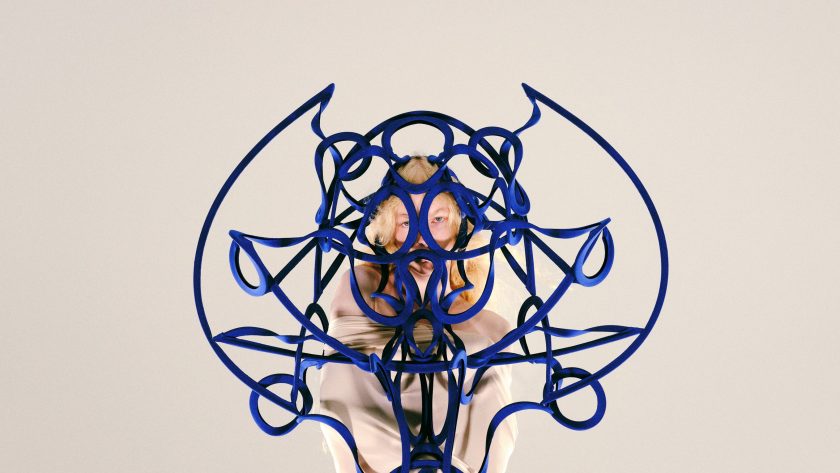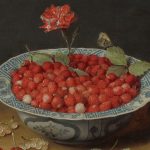This collection is Ryunosuke Okazaki’s first in 18 months, and it’s named 002, making it his third after 000 and 001. The first two were shown on the runway, but this time he chose to present his creations through photographs. “I see the runway as a place where people wear and walk in my clothes, but I also see the clothes as sculptures, and so I wanted people to look at them as if they were looking at a static work of art,” said the 27-year-old designer from a showroom in Harajuku.
For 002 he had landed on the marble drapery of Ancient Greek statues as a starting point. “Draping in sculpture shows a relationship between people and cloth that has continued from ancient times, so I took a modern approach and instead used cloth to make sculptures,” he explained. In the run up to the collection, he’d been making (and selling) geometric sculptures from wood, and spoke of how working with the harder medium had given him a new appreciation for the pliability of fabric.
Remarkably, Okazaki doesn’t sketch out his designs beforehand or even imagine the finished product; instead he lets his hands do the work subconsciously, threading plastic poles through hollows of fabric and allowing them to settle into symmetrical shapes. This time they appeared wrapped around the head like alien chrysalises, while others blossomed out from the body in great scribbly flourishes, the cycle of sculpture to cloth, cloth to body, and body to sculpture completed over and over.
Though the Greek statue inspiration offered a point of difference this season, Okazaki continued to draw on the history of Shintoism, which finds the existence of gods in nature. The outlines of cicadas (a recurring motif in both Greek mythology and Japanese culture) in a few of the looks seemed obvious—at least to this writer—but Okazaki laughed and said he hadn’t realized. “I think the reason that people see insects, or see something alive in my work is because I feel a sense of life dwelling there,” he said.
Indeed, there is something life-affirming about his process, which reads more like primordial communion with nature than fashion design (he has said before that creating for him is akin to prayer). In that, Okazaki is an anachronistic creative who seems somehow both ancient and well ahead of his time. All the luckier for the rest of us then that his time happens to be now.



